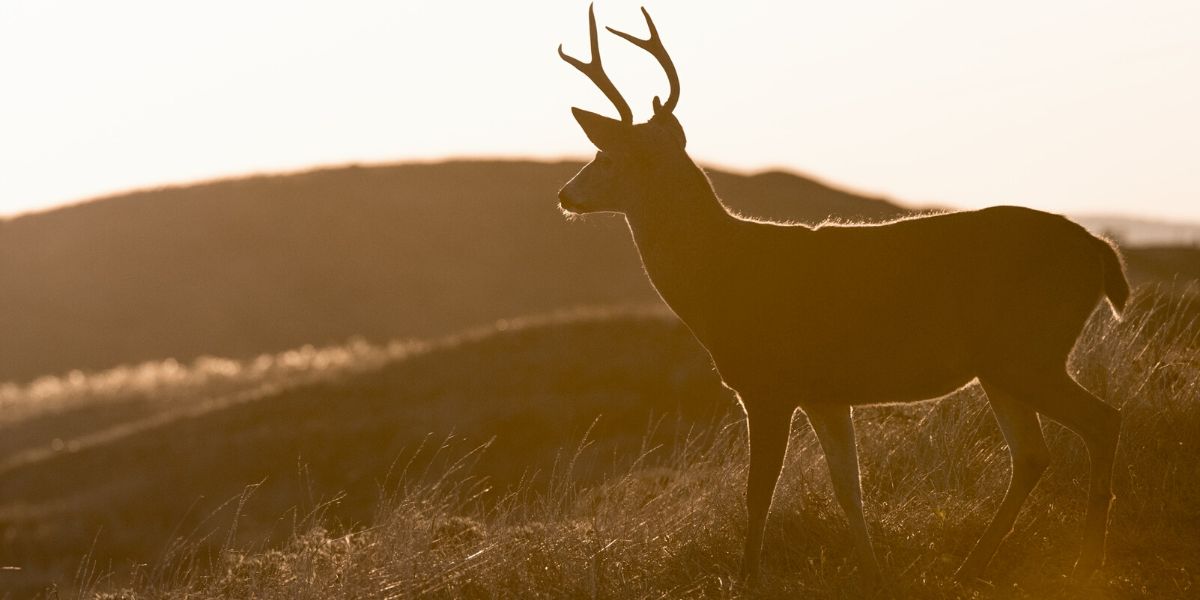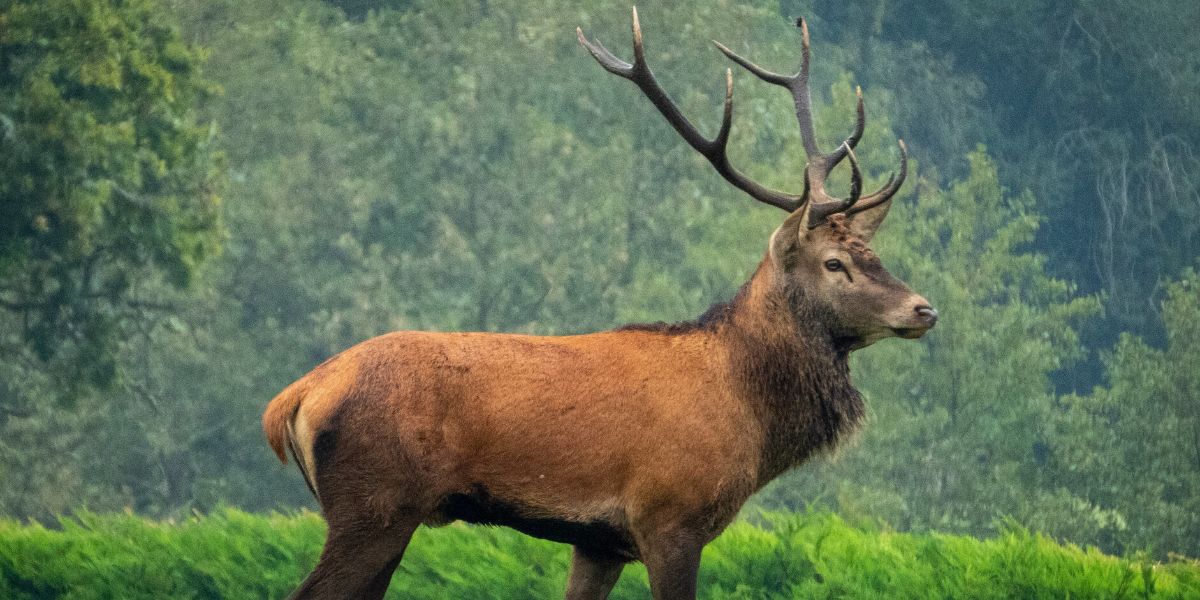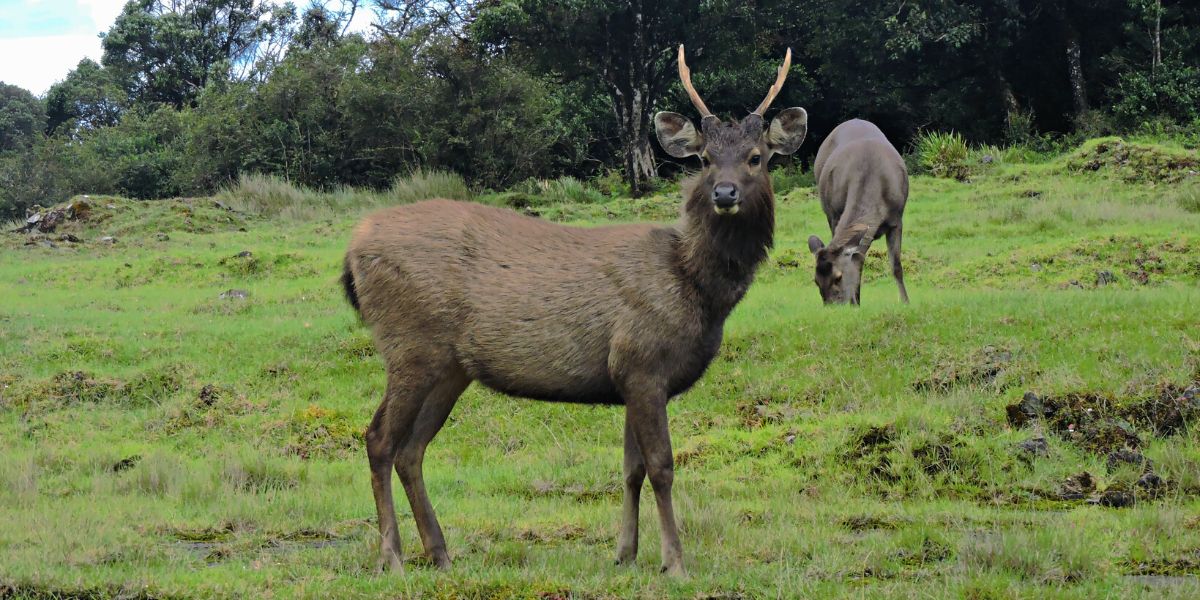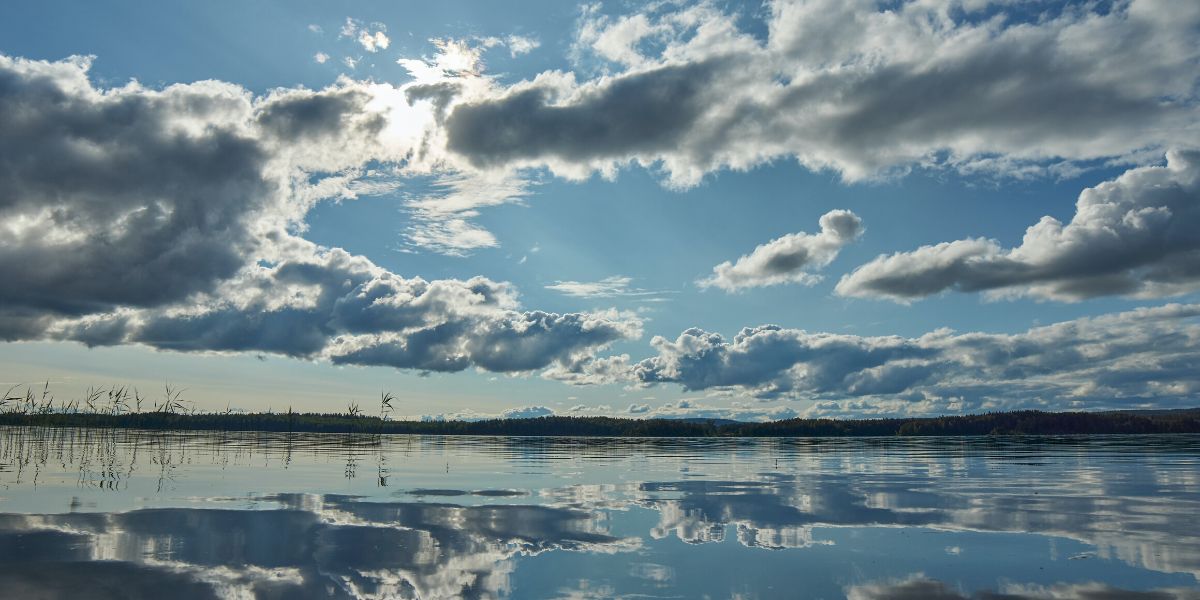
Everything You Should Need To Know About Deer, Deers are a group of mammals belonging to the family Cervidae. They are known for their unique antlers that are grown and shed annually, as well as their agility and speed. There are over 60 species of deers found across the world, and they are widely distributed across North America, Europe, and Asia.
Classification:
Deers belong to the class Mammalia, order Artiodactyla, and kingdom Animalia. The scientific classification of deers is as follows:
- Kingdom: Animalia
- Phylum: Chordata
- Class: Mammalia
- Order: Artiodactyla
- Family: Cervidae
- Genus and species: Varies depending on the species
Characteristics:
Deers are known for their unique physical characteristics, which include:
Antlers
Antlers are one of the most recognizable features of deers. These bony structures are grown and shed annually and are used for self-defense, attracting mates, and establishing dominance.
Coat
Deers have a thick fur coat that helps them stay warm in cold temperatures. The color of their coat varies depending on the species, but it is typically brown or reddish-brown.
Legs
Deers have long, slender legs that allow them to run at high speeds. Their legs also have hooves, which are flexible and provide excellent traction.
Eyes
Deers have large eyes that are positioned on the sides of their head. This allows them to have a wide field of vision, making it easier for them to detect predators.
Species
There are over 60 species of deers found across the world, including:
Musk Deer
This species of deer is found in the mountainous regions of Asia.

They are known for the musk glands that are used to produce a strong-smelling scent.
Red Deer
The red deer is one of the largest species of deer and is found in Europe and Asia.

They are known for their reddish-brown coat and large antlers.
Mule Deer
This species of deer is found in North America.

They are known for their large ears that resemble those of a mule.
Sambar Deer
The sambar deer is a large species of deer that is found in Asia.

They are known for their shaggy coat and large antlers.
Types of Deer
Deers can be divided into two main types based on their habitat: forest-dwelling deers and open-country deers. Forest-dwelling deers, such as the elk and the moose, are found in dense forests and are typically larger in size.
Open-country deers, such as the mule deer and the white-tailed deer, are found in open areas and are typically smaller in size.
Family they Belong to
Deers belong to the family Cervidae, which is one of the largest mammal families. The family Cervidae includes over 60 species of deers, including elk, moose, and reindeer.
Facts
Here are some interesting facts about deer:
- Antlers are grown and shed annually: Deers grow their antlers in the spring and shed them in the winter.
- Deers are social animals: Deers are social animals and often form groups with other deers.
- Deers are fast runners: Deers are fast runners and can reach speeds of up to 60 km/hr.
- Deers are excellent swimmers: Deers are excellent swimmers and can swim long distances to escape predators.
- Deers are herbivores: Deers are herbivores, which means that they feed on plants. The diet of deers varies depending on the species and the time of year. In the summer and spring, deers feed on leaves, stems, and shoots of plants. In the fall and winter, when vegetation is scarce, deers feed on bark, twigs, and buds. Some of the common plants that deers feed on include:
- Grasses: Deers feed on a variety of grasses, including clovers, timothy, and alfalfa.
- Forbs: Forbs are herbaceous plants that are not grasses. Deers feed on a variety of forbs, including dandelions, violets, and goldenrod.
- Shrubs: Deers feed on a variety of shrubs, including dogwoods, sumac, and viburnum.
- Trees: Deers feed on a variety of trees, including oak, maple, and birch.
Deers are opportunistic feeders and will feed on a variety of plants depending on what is available in their habitat. They have a keen sense of smell and will often feed at dawn and dusk, when vegetation is more abundant and they are less likely to be disturbed by predators.
Difference male and female deer
Male and female deers, also known as bucks and does, respectively, have some distinct differences in their physical characteristics and behavior. These differences include:
- Antlers: Male deers grow antlers each year, which they use to establish dominance and attract mates. Female deers do not grow antlers.
- Size: Male deers are typically larger in size than female deers.
- Behavior: Male deers are more solitary and territorial, while female deers are more social and form groups with other female deers and their young.
- Mating: During the breeding season, male deers engage in aggressive behaviors to attract mates and establish dominance. Female deers give birth to one to three fawns each year.
- Diet: There is generally no difference in the diet of male and female deers. Both feed on a variety of plants, including leaves, stems, and shoots, as well as bark, twigs, and buds.
It is important to note that these differences can vary depending on the species of deer. For example, in some species, like the reindeer, both male and female deers grow antlers. Additionally, the size difference between male and female deers can also vary depending on the species.
Deers are mammals and do not lay eggs. Female deers, known as does, give birth to live young. The number of young, also known as fawns, varies depending on the species, but most deers give birth to one to three fawns at a time.
The exact number of fawns a doe gives birth to can also depend on factors such as the doe’s age, the availability of food, and the overall health of the population.
Fawns are born small, weighing between 6-8 pounds, and are covered in spotted fur. They are able to stand and walk within a few hours of birth, and they are able to run and keep up with their mother within a few days.
Female deers are known to be protective of their young, and they will hide their fawns in vegetation while they go off to feed. The fawns will stay with their mother for several months, nursing and growing until they are old enough to be on their own.
Deer are social animals and are often found in herds, which can consist of anywhere from a few individuals to hundreds.
Deer are also known for their sense of smell, which is much stronger than their sense of sight. They use their sense of smell to detect danger, locate food, and communicate with other deer.
The tails of deer are also an important adaptation. When a deer is frightened, it raises its tail to warn other members of the herd and to alert predators to its presence.
Many species of deer are known for their distinctive calls or vocalizations. For example, male deer will often make grunts, roars, or bellows during the mating season to attract females.
In addition to deer, the family Cervidae includes moose, elk, and caribou. These animals are similar in many ways to deer, but also have unique characteristics and adaptations that make them unique.
Moose, for example, are the largest species in the deer family and are known for their massive antlers, which can span over 6 feet wide.
Elk are known for their bugling calls, which are a series of high-pitched, whistling sounds that they make during the mating season.
Caribou are known for their large herds and long migrations, which can cover hundreds of miles in search of food.
Deer have several strategies to protect themselves from predators. One of the main ways they protect themselves is through their keen senses. Deer have excellent hearing, allowing them to detect the approach of predators and flee if necessary. They also have a good sense of smell, which helps them detect danger and escape.
Another way deer protect themselves is through their agility and speed. Deer are capable of running at high speeds, which allows them to escape predators quickly. This is especially true for species like the white-tailed deer, which can run up to 60 km/hr.
In addition, deer also have excellent camouflage. Many species have coloring that allows them to blend into their environment, making it difficult for predators to spot them.
Finally, deer also have a defense mechanism known as “tend and befriend”. This means that, when confronted with danger, deer will try to escape first. However, if they are unable to escape, they will try to hide and remain still. This makes it difficult for predators to locate them, and reduces the risk of being caught.
In addition to these strategies, deer also rely on social groups to provide protection. Female deer often live in family groups, and fawns are protected by their mothers. Some species of deer, such as the caribou, live in large herds, which provide safety in numbers and can deter predators from attacking.
Suitable Weather
Deer are adaptable animals and can live in a wide range of habitats and climates, from forests to grasslands, deserts to mountains. They have a variety of strategies to help them survive in different weather conditions.

In hot and dry regions, deer are often active at dawn and dusk when temperatures are lower and there is more moisture available. They have large ears that help them regulate their body temperature and sweat glands that allow them to release heat. They also have a thick coat that can be shed in the summer to help them stay cool.
In cold and snowy regions, deer have a thick winter coat that provides insulation and helps them conserve body heat. They also have hooves that are well-adapted for digging through snow to find food.
In areas where snow accumulates, deer may even form pathways through the snow to conserve energy and avoid wasting energy breaking trail.
Deer are also able to tolerate a wide range of precipitation levels, from arid regions with little rainfall to areas with heavy rainfall. In areas with high rainfall, deer are able to find shelter under trees and other vegetation to avoid getting wet. They also have a waterproof coat that helps them stay dry.
Regardless of the weather conditions, deer are able to find food and water. They are herbivores and feed on a wide range of plant species, from leaves and twigs to grasses and shrubs. They are able to find food even in difficult conditions, such as during drought or deep snow.
Deer are also able to protect themselves from predators in different weather conditions. In hot and dry regions, they may seek shelter in thick vegetation or move to areas with more cover. In cold and snowy regions, they may use their sense of smell and hearing to detect predators and use their agility to escape.
Overall, deer are well-adapted to a wide range of weather conditions and have the ability to survive and thrive in a variety of environments. Whether it’s hot and dry or cold and snowy, deer have the adaptations necessary to survive and continue to thrive.
Human interaction with deer has been significant throughout history. In some areas, deer have been hunted for their meat and for sport, while in others, they have been viewed as sacred animals. In many cultures, deer antlers have been used for medicinal purposes, as well as for decoration and for ceremonial purposes.
The relationship between humans and deer has also been complicated by the growth of urban areas, as deer populations have adapted to living near people. This has resulted in increased human-deer conflict, as deer damage crops, gardens, and property.
To manage these conflicts, various strategies have been employed, such as fencing, hunting, and contraception. Despite these efforts, the interaction between humans and deer remains an ongoing issue that requires ongoing management and research.
FAQS About Deer
Here are some frequently asked questions about deer:
Q: What is a deer?
A: A deer is a hoofed mammal that belongs to the family Cervidae. There are many species of deer, including white-tailed deer, mule deer, elk, and reindeer.
Q: What do deer eat?
A: Deer are herbivores, which means they feed on plants, leaves, shoots, and stems. They also feed on fruits, nuts, and acorns. In some areas, they may also feed on agricultural crops, such as corn and soybeans.
Q: Where do deer live?
A: Deer are found all over the world and occupy a wide range of habitats, including forests, deserts, and grasslands. Some species of deer are native to specific regions, while others have been introduced to new habitats through human activities.
Q: What is the average lifespan of a deer?
A: The lifespan of a deer depends on its species and habitat, but most deer live between 5 and 8 years in the wild.
Q: How big are deer?
A: The size of a deer varies depending on its species, but most adult deer range from 4 to 7 feet in length and weigh between 100 and 300 pounds.
Q: How do deer communicate?
A: Deer use a variety of vocalizations, including grunts, snorts, and barks, to communicate with each other. They also use body language, such as antler displays and tail-flagging, to convey information about their intentions and dominance.
Q: What is the mating behavior of deer?
A: The mating behavior of deer varies depending on the species, but most deer mate during the fall or winter months. Males compete for access to females, and the dominant male will mate with multiple females.
Q: What is the role of deer in the ecosystem?
A: Deer play an important role in the ecosystem by serving as prey for predators and by helping to maintain the balance of plant species through their browsing and grazing behavior. They also provide habitats and food sources for many other species, including insects and birds.
